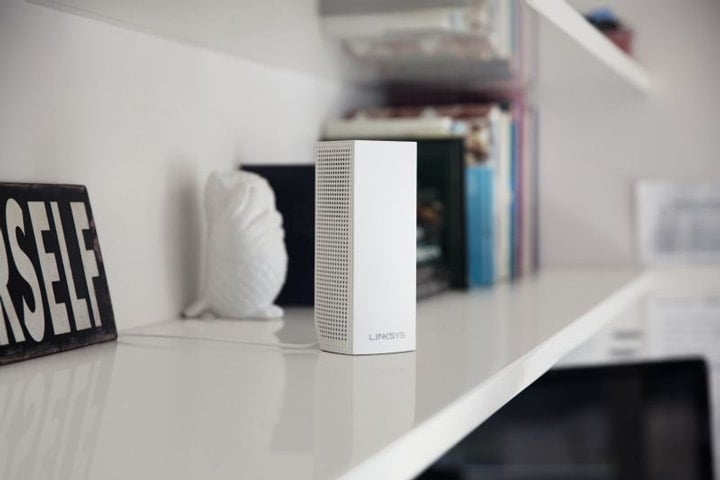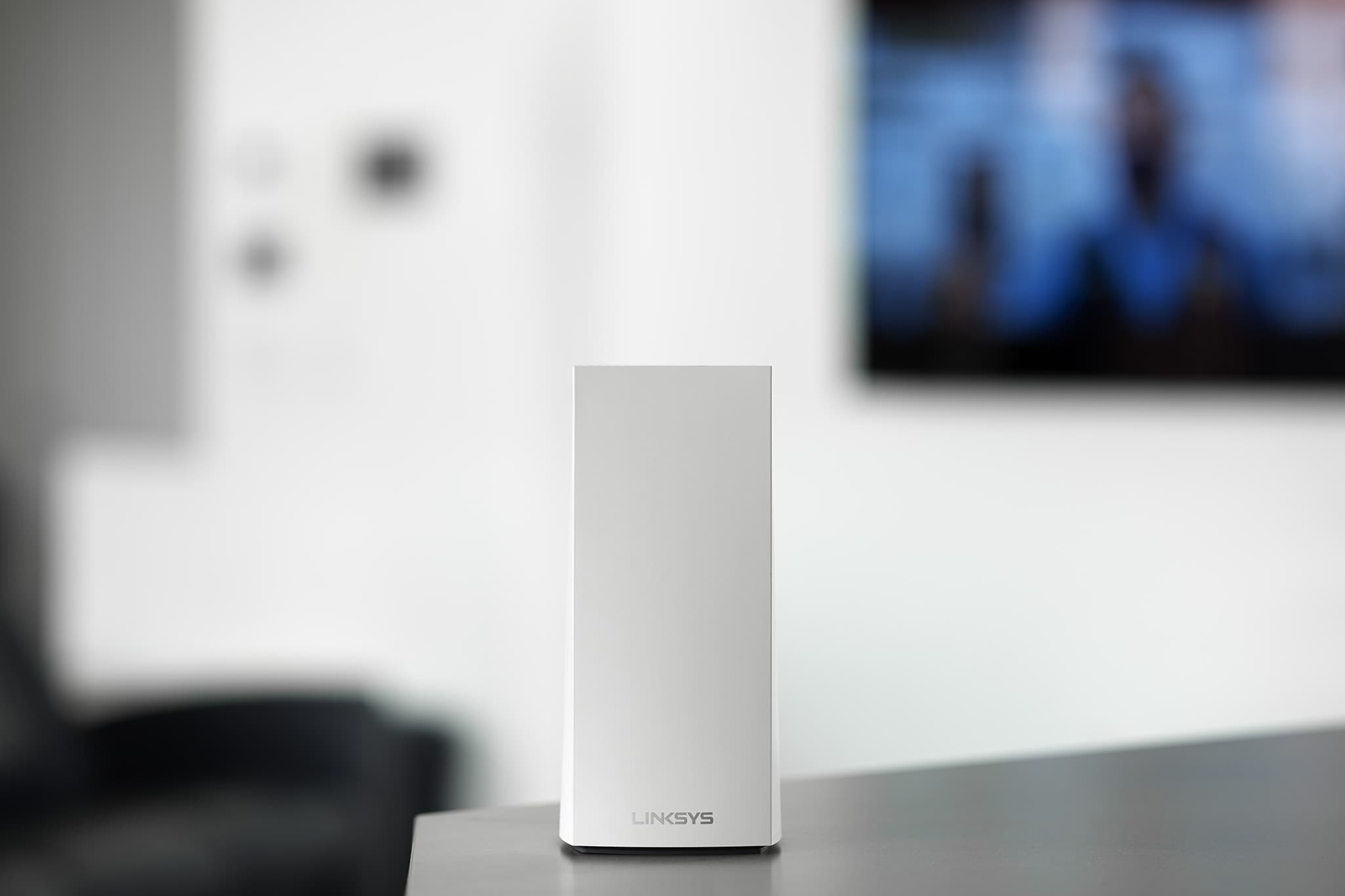For decades, the idea of a home Wi-Fi network was a single router placed in a central location in the home. While easy to set up and for years enough to keep homes and devices inside, it isn’t without its serious issues. That’s why mesh networking has become such a popular option. It eliminates the dreaded “dead spots,” And can reliably handle more devices than a single access point could.
Smart Homes Explained
What is Mesh Networking?
Mesh networking, also known as a mesh network, involves a set of access points called “nodes” (devices such as routers or switches) which work collaboratively to distribute data more efficiently across the network. This ensures data packets have multiple pathways to travel from the source to the destination, making the network robust and reliable.

How Does It Work?
Every node communicates with the other nodes dynamically in a mesh network, finding the most efficient pathway to relay the data. In traditional network setups (including the traditional home Wi-Fi router), devices communicate through a central node. The use of multiple pathways ensures the network remains operational even if a node fails, as the data finds an alternate route to reach its destination.
Applications of Mesh Networking
Mesh networking is used in a variety of situations where connectivity performance over a wider area is required. Some examples include:
- Smart Homes: Mesh networks can enhance the connectivity in smart homes, providing a stable connection for devices that are far from the main node.
- Offices: In large office spaces, mesh networks ensure that every corner of the building has strong connectivity.
- Outdoor Events: For outdoor events or in spaces where setting up a wired network is impractical, mesh networks can offer a reliable solution.
- Cities: Many cities are adopting mesh networks to provide public Wi-Fi services, leveraging its scalability and robustness to cover large areas such as parks and municipal buildings.
Mesh Networking Advantages
Mesh networking offers a plethora of benefits, including:
- Redundancy: The network remains operational even if a node fails, enhancing reliability.
- Coverage: Mesh networks have a large coverage area, and strategically placed nodes can cover previously hard-to-reach areas.
- Self-Healing: Mesh networks are capable of self-healing, automatically finding the best route for data transmission if a node is down.
- Scalability: Mesh networks can easily be expanded by adding more nodes.
Mesh Networking Disadvantages
Mesh networking is generally an improvement over traditional single-router Wi-Fi, but there are some key disadvantages to opting for a mesh network.
- Complexity: Setting up a mesh network can be complex, and may require some additional time to understand where nodes should be placed for the best results. (There are computer and smartphone apps that help you understand how your network performs, but these are not easy to use for the average person)
- Cost: Mesh networking equipment is more expensive, especially if you need to cover a large area.
Setting Up a Mesh Network
If you’re contemplating setting up a mesh network in your home or office, here’s a simplified guide to get you started:
- Research
Begin with thorough research to choose the right mesh network system that suits your requirements.
- Plan
Carefully plan the placement of nodes to ensure optimal coverage.
- Install
Follow the installation guide that accompanies the mesh network system for a successful setup.
- Test
Once set up, test the network thoroughly to ensure it’s functioning as expected, making necessary adjustments to node placements if required.
Wrapping Up
If you’re planning to build out a substantial smart home setup, we strongly recommend you invest in a mesh networking router. You’ll be overall more satisfied with device performance, and experience fewer issues with devices losing their wireless connections.
We have an entire blog post on the best Wi-Fi routers which we personally recommend for use in the smart home.



